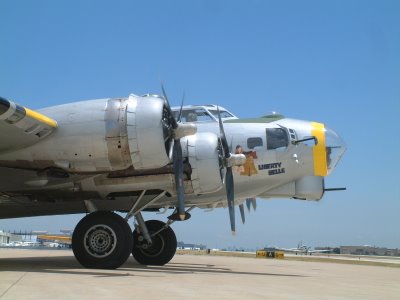Vintage Aircraft Losses

It's bad enough that people die in plane crashes. It's even worse when rare and beautiful aircraft are lost.
One pilot was killed when these P-51 Mustangs collided at the EAA AirVenture show in Oshkosh, WI this summer.
A discussion of current events and other interesting things.

 No...not a high-wire act from the Middle East or a magic carpet ride.
No...not a high-wire act from the Middle East or a magic carpet ride.Labels: aviation, culture, Islam, terrorists





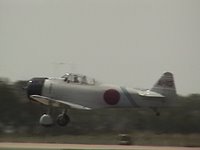
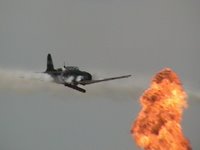

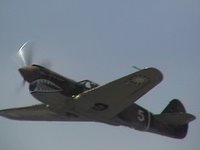
 Did you know that the number of aircraft accidents that occur each year has gradually decreased since 1986? More importantly, the accident rate has also gone down.
Did you know that the number of aircraft accidents that occur each year has gradually decreased since 1986? More importantly, the accident rate has also gone down.
 GA pilots are involved in the vast majority of aircraft accidents, mostly due to a lack of basic piloting skills. Even commercial pilots (non-airline) have a considerable number of accidents, even though their basic piloting skills are much better maintained through frequent training sessions.
GA pilots are involved in the vast majority of aircraft accidents, mostly due to a lack of basic piloting skills. Even commercial pilots (non-airline) have a considerable number of accidents, even though their basic piloting skills are much better maintained through frequent training sessions.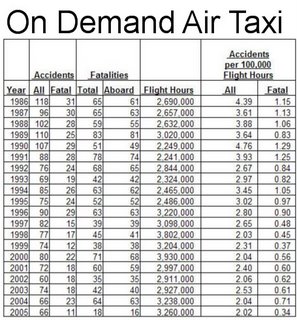
 This WWII primary trainer was produced in many variants for the Army, Navy, and foreign military. After the war, many were sold to individuals for sport flying and cropdusting and can often be seen at airshows around the country today.
This WWII primary trainer was produced in many variants for the Army, Navy, and foreign military. After the war, many were sold to individuals for sport flying and cropdusting and can often be seen at airshows around the country today.
 A study published in the Annals of Emergency Medicine (on line) in January 2006 reports a "disproportionate increase" in the number of EMS helicopter accidents and deaths.
A study published in the Annals of Emergency Medicine (on line) in January 2006 reports a "disproportionate increase" in the number of EMS helicopter accidents and deaths."Fatalities after helicopter EMS crashes are associated especially withYes, postcrash fires add to the number of fatalities. Crashes that occur in darkness or bad weather (low visibility) usually involve high-speed impacts with obstructions or terrain and, therefore, increased trauma to the aircraft's occupants.
postcrash fire and with crashes that occur in darkness or bad weather..."
"...and can be addressed with improved crashworthiness..."Believe me, helicopters are already about as crashworthy as they can be made to be and still be practical for their intended uses.
"...and measures to reduce flights in hazardous conditions."This problem was addressed very well in a 1986 NTSB Safety Study of EMS helicopter accidents - mainly, apply strict weather minimums (ceiling and visibility) and don't pressure the pilots to fly in any weather conditions that the pilots determine are too dangerous. The highest percentage of fatalities (61%) in the 59 accidents included in this study resulted from "continued VFR flight into IMC."
"Further studies will be necessary to determine which changes will decrease the fatal crash rate and which are cost effective."Again this is already known, but the lessons learned from previous studies are soon forgotten.
One of former U.S. Rep. Jim Wright's(D) legacies here in Texas is the Wright Amendment, signed into law by former President Jimmy Carter(D) in 1979.
"For almost 30 years, business and leisure travelers in North Texas have suffered the consequences of burdensome federal restrictions on air travel in our communities."
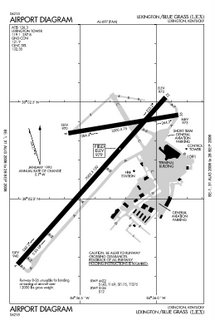 Recently, a Comair jet attempted a takeoff from the wrong runway at Lexington/Blue Grass airport with tragic results.
Recently, a Comair jet attempted a takeoff from the wrong runway at Lexington/Blue Grass airport with tragic results.
